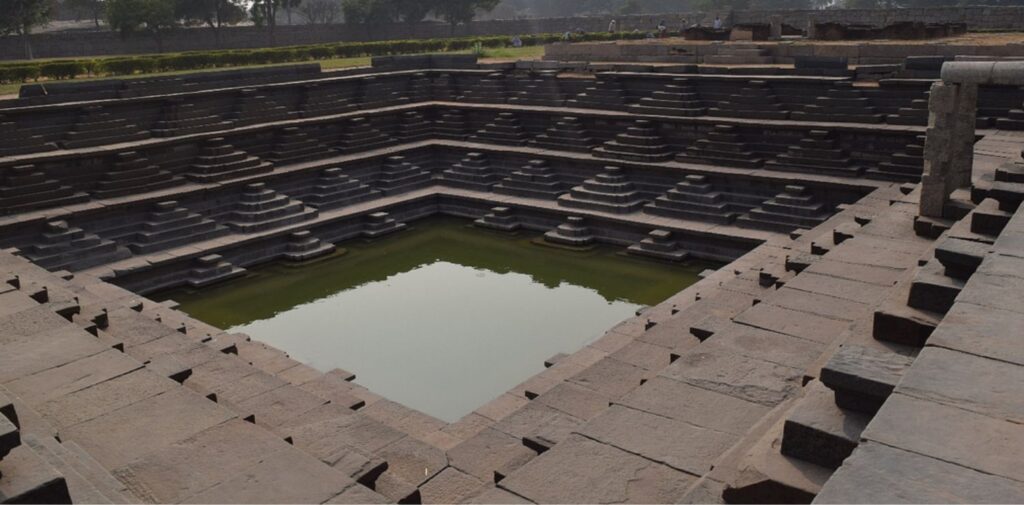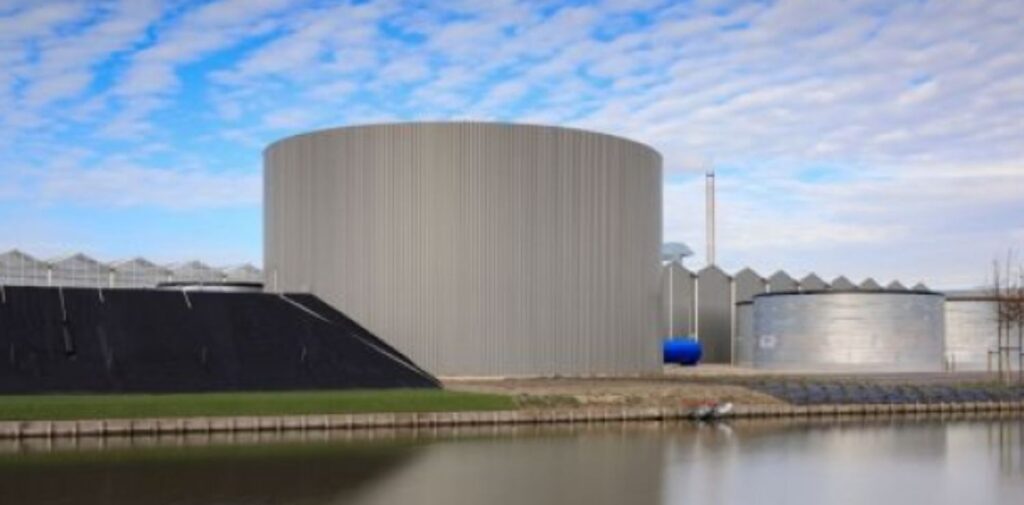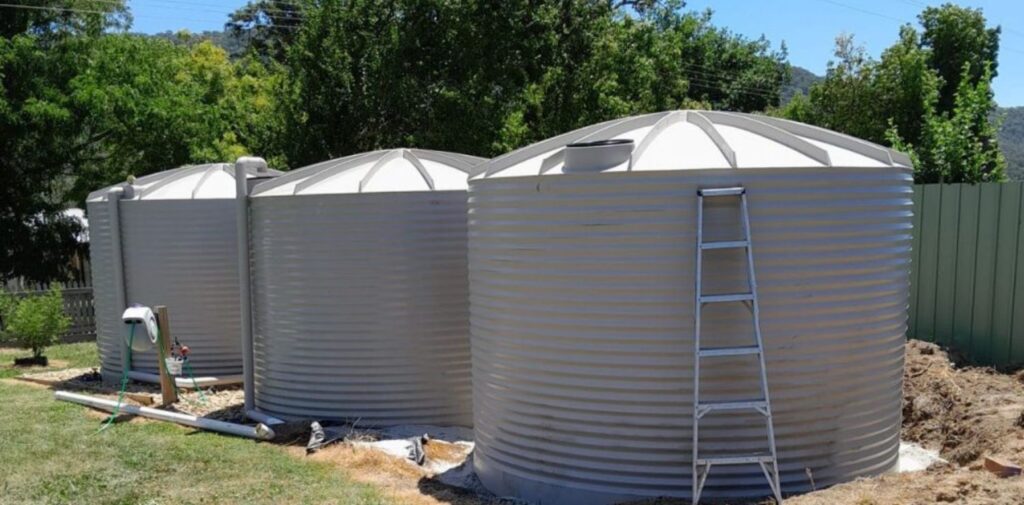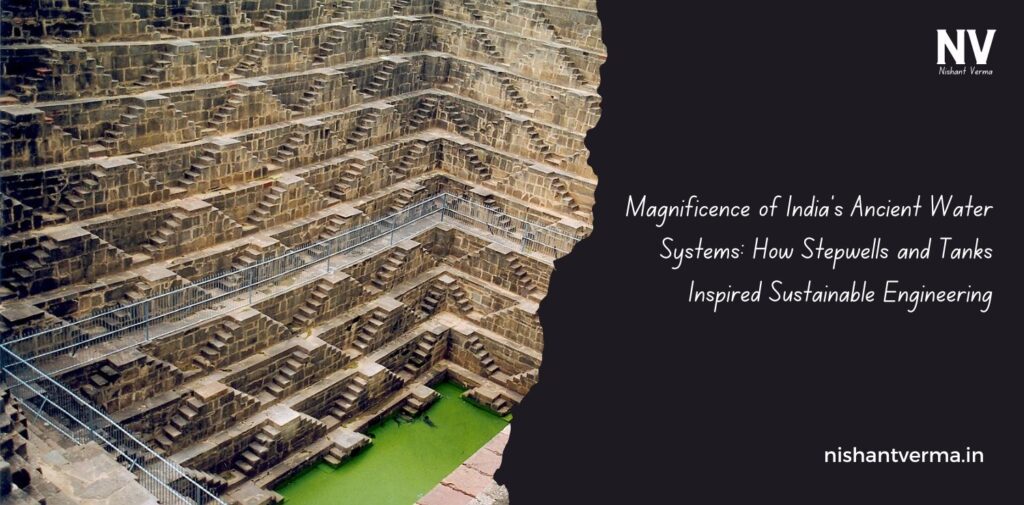India is home to some of the most innovative and sustainable water systems in the world, many of which date back thousands of years. Among the most fascinating of these ancient water systems are the step-wells and tanks. These structures were not only marvels of engineering but also essential to the survival of communities in a country where water scarcity has been a constant challenge throughout history.
In this article, we will explore the magnificence of India ancient water systems, focusing on how stepwells and tanks were designed and how they inspired modern sustainable engineering practices.
Importance of Water in Ancient India
India is a land of diverse climates and geographies. While some regions receive abundant rainfall, others, especially in the northwestern and central parts of the country, face severe water shortages. The challenge of managing water in these areas has been an important part of India’s history, and ancient Indians developed innovative solutions to tackle it.
Water was considered sacred in ancient Indian culture, and its availability determined the prosperity of a region. In places where rivers or lakes were not easily accessible, people had to rely on different methods to collect, store, and preserve water for everyday use. This led to the creation of unique water management systems, the most prominent being stepwells and tanks.

Stepwells: A Wonder of Ancient Engineering
Stepwells, also known as “Baolis” or “Vav” in some regions, are deep, multi-story wells that have a series of steps leading down to the water. These structures were built in areas where the water table was deep or where it was difficult to access groundwater through traditional wells.
Stepwells were particularly common in Rajasthan, Gujarat, and Delhi, states that faced extreme heat and drought. In these areas, the stepwell system served multiple purposes: it provided water, offered cool spaces for people to rest, and sometimes acted as a place of social and cultural gathering. The water was accessed by descending a series of steps, which made it easier for people to draw water even during dry seasons when the water level was low.
The construction of step-wells was an art form. Some step-wells were quite elaborate, with intricate carvings and architectural features that made them a blend of function and beauty. One of the most famous stepwells is the Rani ki Vav in Patan, Gujarat, which is a UNESCO World Heritage site. This stepwell, built in the 11th century, is renowned for its ornate sculptures and detailed architecture.
How Stepwells Inspired Sustainable Engineering
Stepwells are remarkable examples of sustainable engineering for several reasons:
- Rainwater Harvesting: Stepwells were designed to collect and store rainwater. During the monsoon season, the rains would fill the wells, ensuring that water was available throughout the year, especially during dry spells.
- Temperature Regulation: The stepwells provided a cool microclimate in hot and arid regions. The underground water and the steps helped maintain a cool temperature, making them an ideal place for people to escape the harsh heat.
- Community Usage: Stepwells were not just for individual use; they were community spaces. People from surrounding villages would come together to collect water, socialize, and even conduct religious rituals. This collective approach helped conserve water and build a sense of community.
- Efficient Use of Space: Stepwells were often built in compact spaces and used vertical depth to maximize water storage without taking up too much land area. This made them particularly useful in areas where space was limited.
The principles behind stepwells — rainwater harvesting, temperature regulation, efficient space usage, and community cooperation — are being revisited today in the context of sustainable development. Modern architects and engineers look at stepwells as examples of how to design water storage systems that minimize environmental impact and maximize efficiency.

Tanks and Reservoirs: Storing Water for the Future
Tanks and reservoirs, like step-wells, were another ingenious water management system in ancient India. These structures were large, open reservoirs designed to store rainwater or water from rivers and streams. Tanks were particularly common in southern and central India, where the monsoon rains could be unpredictable, and water storage was essential.
The tanks were often built with embankments to prevent water from flowing away, and some were lined with stone or brick to prevent water from seeping out. Many tanks had surplus gates that allowed water to overflow, ensuring that they did not get too full and overflow during the rainy season.
Tanks were also used for irrigation purposes. In regions with dry spells, farmers relied on the water stored in tanks to irrigate crops. Some tanks were even connected through a network of channels that distributed water to different areas, demonstrating an advanced understanding of hydraulic engineering.
The Role of Tanks in Sustainable Water Management
The ancient practice of creating tanks and reservoirs has influenced modern sustainable water management in many ways:
- Rainwater Harvesting: Just like stepwells, tanks were designed to store rainwater. The idea of capturing and storing rainwater for future use is a key principle in today’s water conservation efforts.
- Irrigation: Tanks played a crucial role in agriculture, especially in areas where rainfall was irregular. By providing a reliable source of water for irrigation, these tanks helped improve agricultural productivity and food security.
- Ecosystem Support: Many tanks were not just sources of water but also supported local ecosystems. The water in the tanks was used for fishing, and the surrounding areas were used for grazing cattle. The preservation of these ecosystems ensured that communities could sustain themselves throughout the year.
- Water Distribution Systems: Ancient Indian engineers designed complex systems of canals and channels that linked tanks, allowing water to be distributed across large areas. This kind of water management system is still relevant today in regions facing water scarcity.

Lessons for Modern Water Management
As we face growing challenges related to water scarcity and climate change, the ancient water systems of India offer valuable lessons for modern water management. Here are some of the key takeaways:
- Decentralized Water Management: Instead of relying solely on large-scale infrastructure projects, India ancient water systems were decentralized. Stepwells, tanks, and other water sources were spread across regions, ensuring that communities had access to water even if one source failed.
- Community Involvement: The ancient systems involved community participation, where people worked together to maintain and share water resources. This approach helped conserve water and ensure that everyone had access to it.
- Use of Local Materials: Ancient water systems were built using local materials, making them sustainable and cost-effective. This approach can be adapted today by using locally sourced materials for water infrastructure projects.
- Adapting to Local Conditions: The design of stepwells, tanks, and reservoirs was based on the specific climate and geography of each region. This adaptability is an essential principle in sustainable engineering, where solutions must be tailored to the needs of the local environment.
- Conservation and Preservation: Many of India ancient water systems have fallen into disuse or been damaged over time. Preserving and maintaining these structures is important, not only for historical reasons but also for their potential to contribute to modern water conservation efforts.
Conclusion: India Ancient Water Systems
The stepwells and tanks of ancient India stand as testaments to the country’s rich history of sustainable engineering. These systems, built to cope with the challenges of water scarcity, were far ahead of their time and continue to inspire modern engineers and architects. By learning from the ancient methods of water storage and management, we can develop more sustainable solutions for today’s water-related challenges.
As we look toward the future, it is crucial to remember the wisdom embedded in these ancient practices and apply them to our modern world. By embracing the principles of water conservation, community involvement, and adaptable design, we can create water systems that are not only effective but also sustainable for generations to come.




